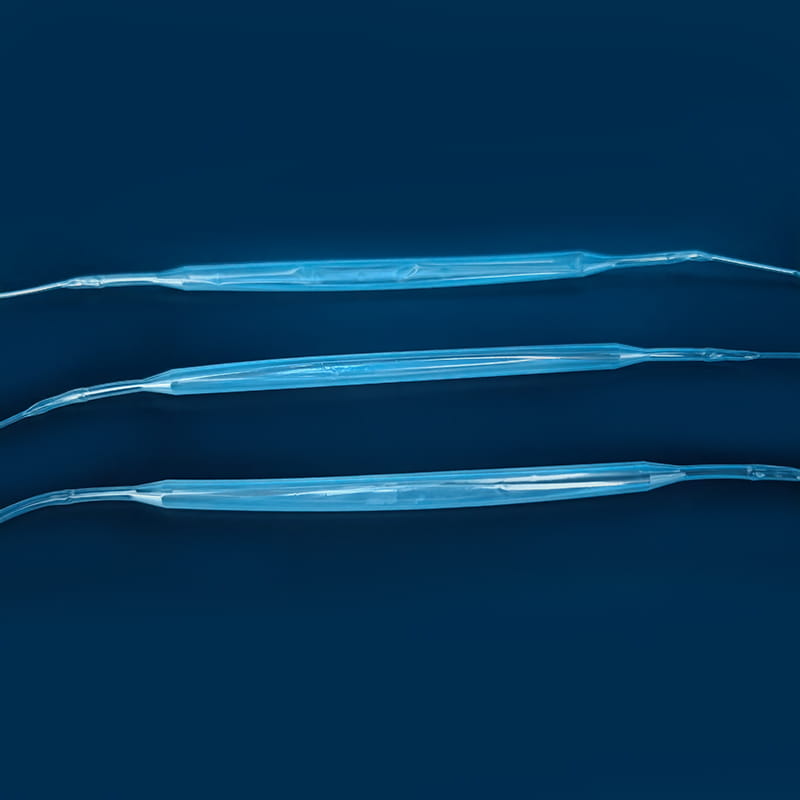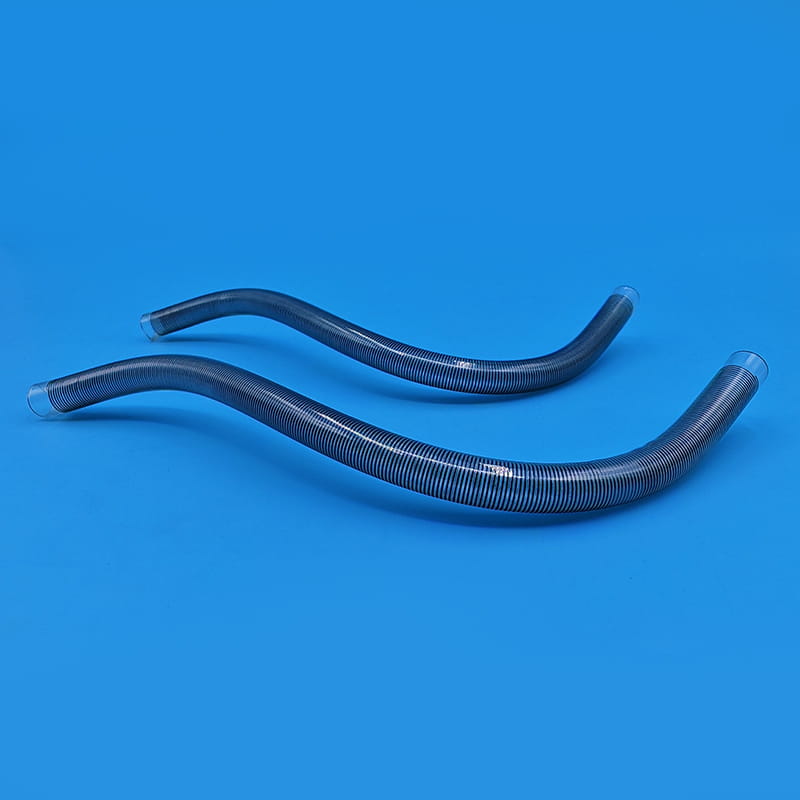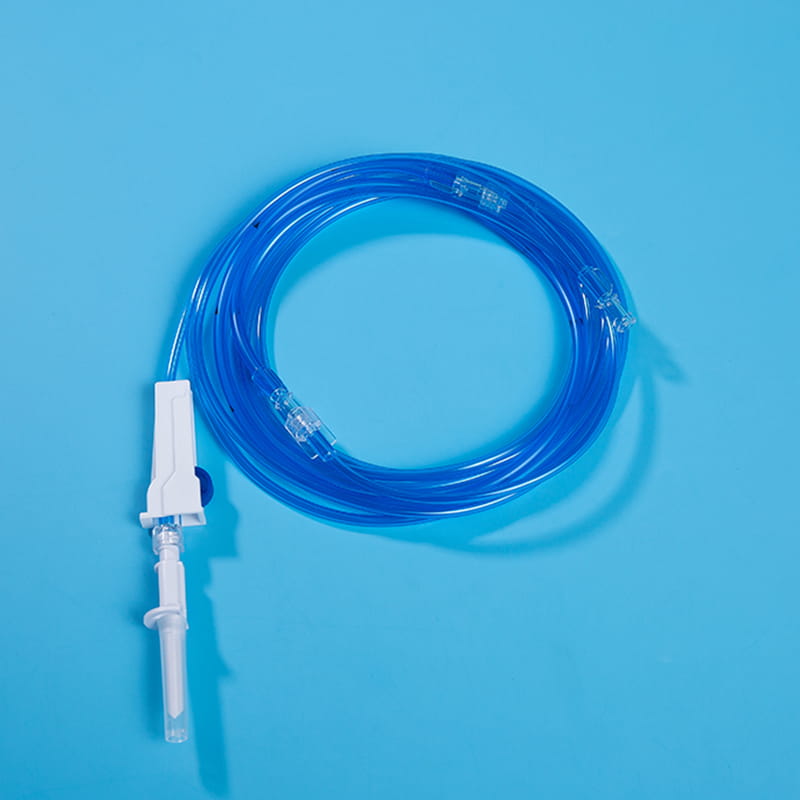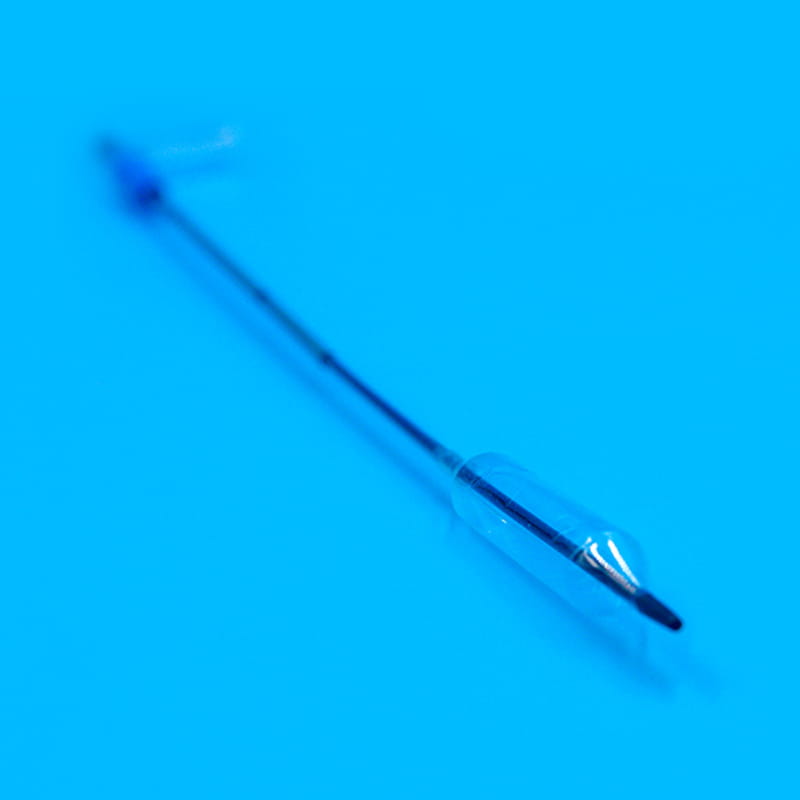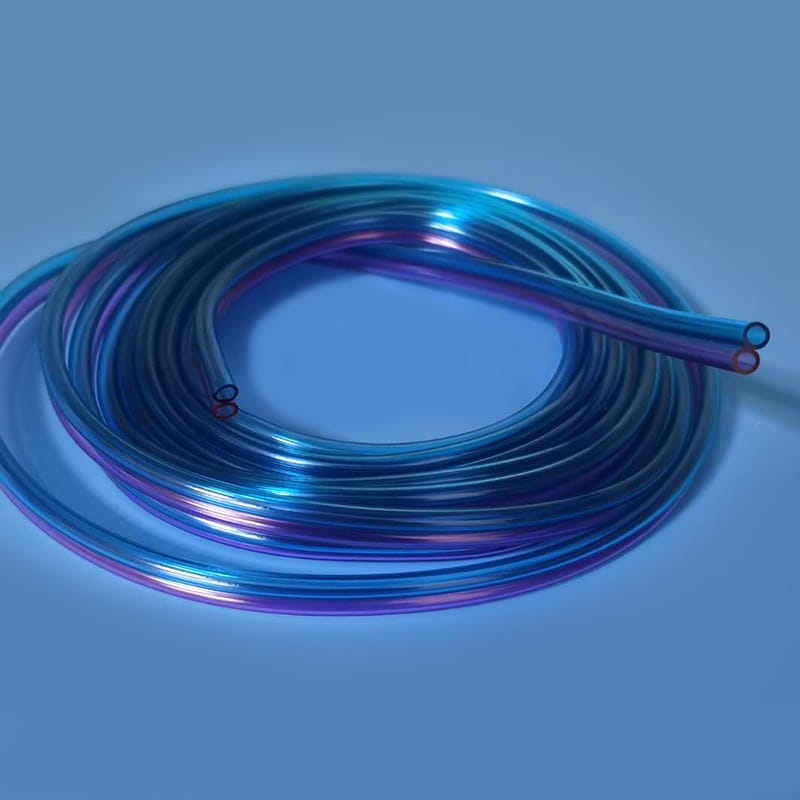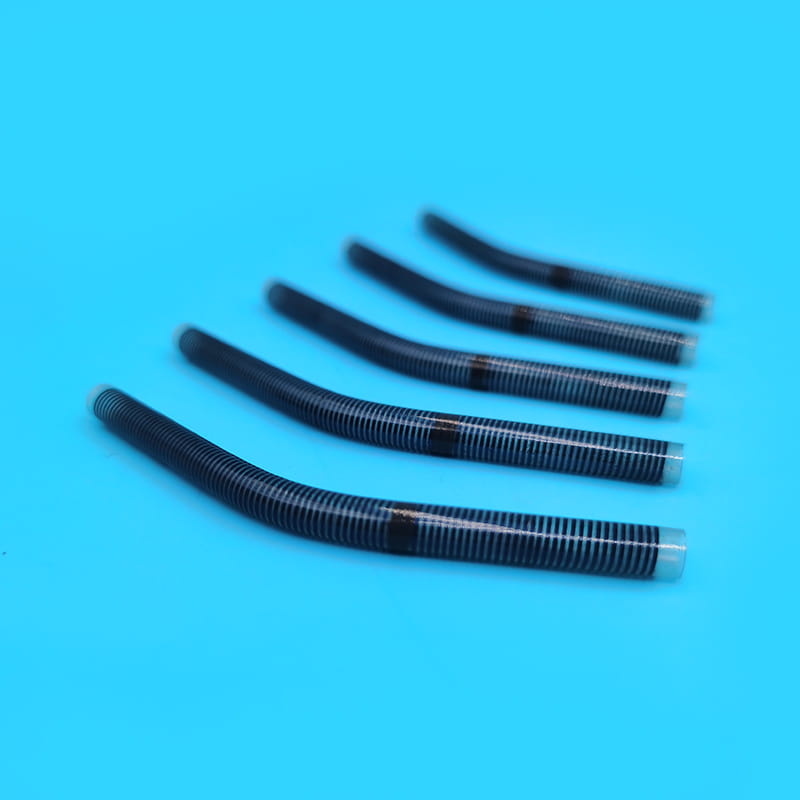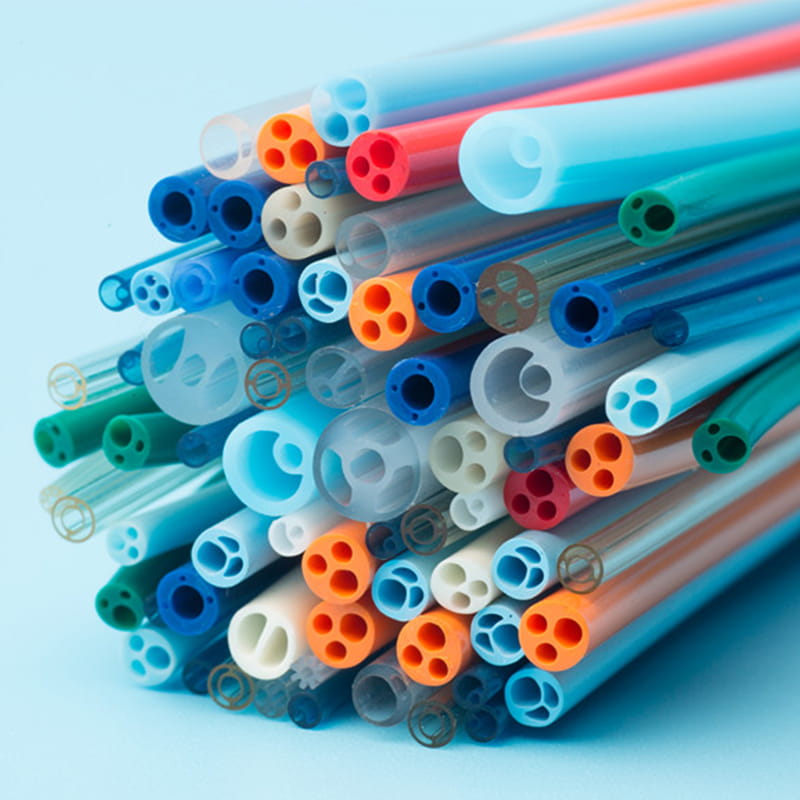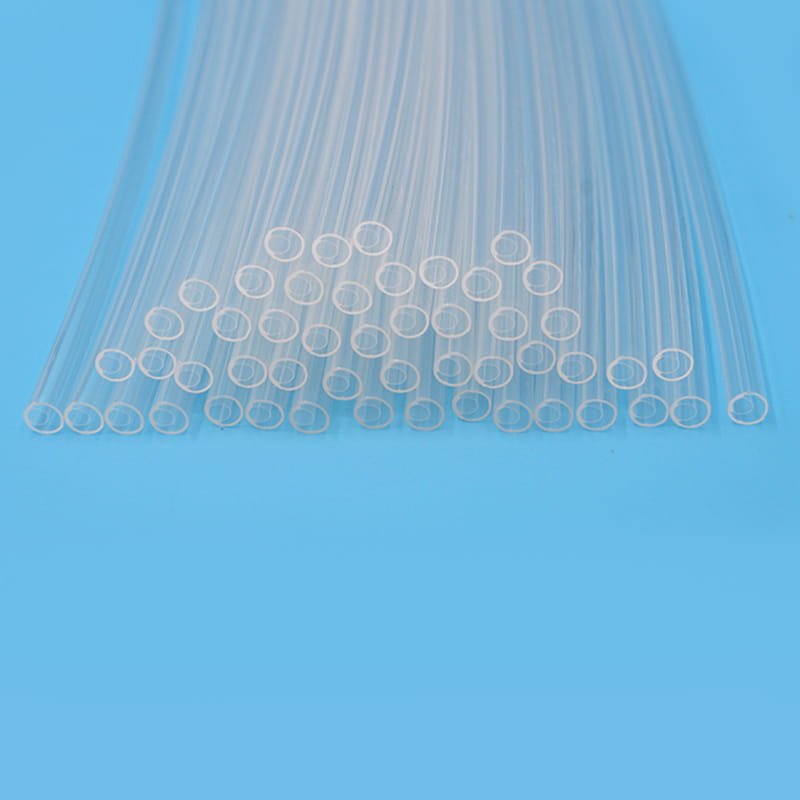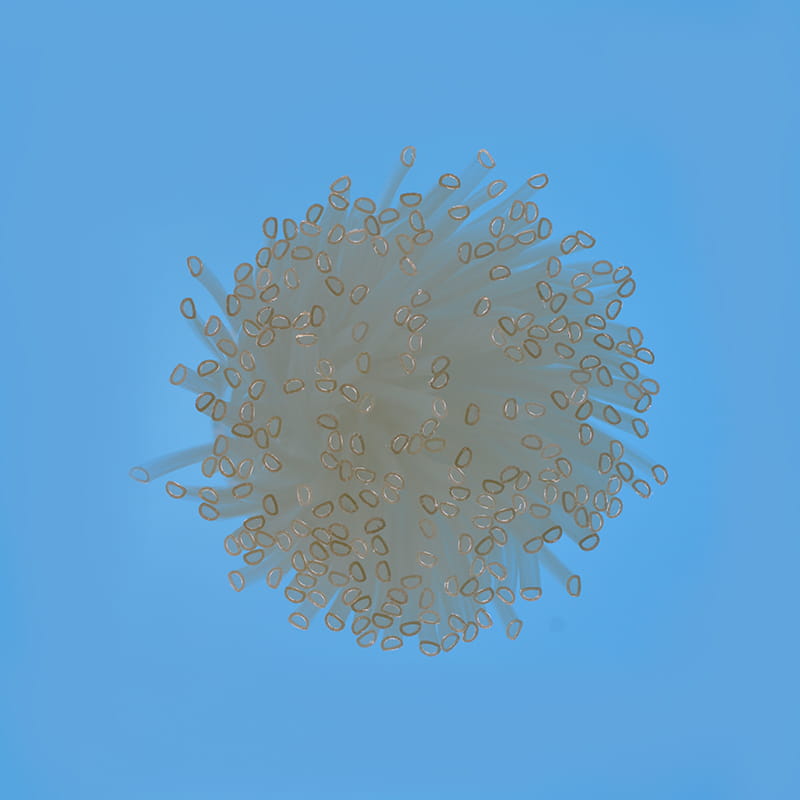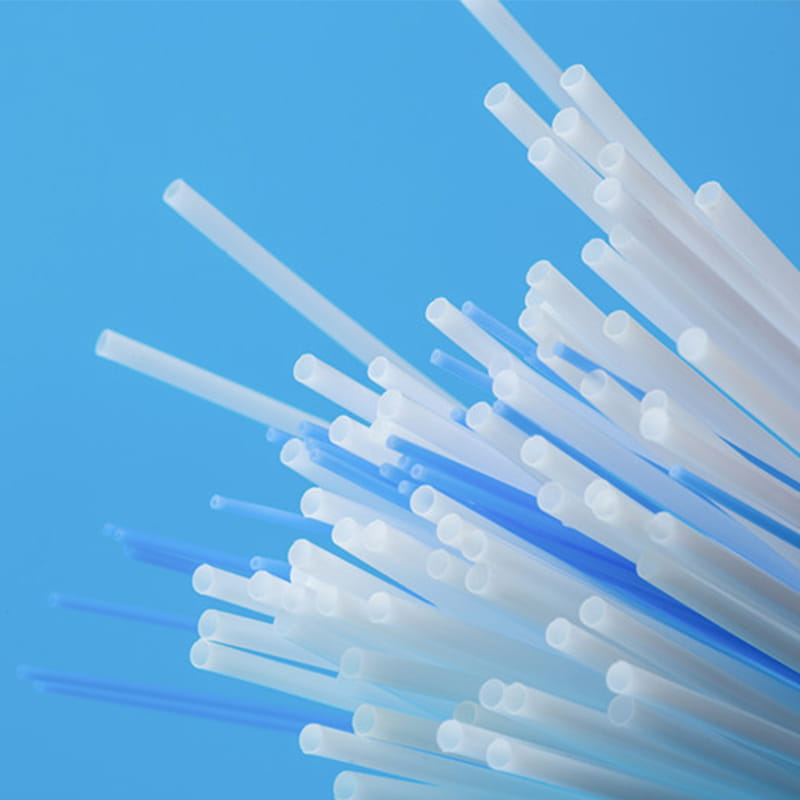Molecular fortress of life pipeline: How does polyimide rewrite the rules of medical survival?
1. Name code: How do two letters define medical hegemony?
When "medical PI tube" becomes a high-frequency word on the operating table, who has ever thought that behind this abbreviation is the nuclear bomb-level power of the material world? Why are the three words polyimide (PI) comparable to military-grade titanium alloys in the medical field? How did this aerospace material, which was born in the Apollo moon landing program, pass the test of biocompatibility purgatory and eventually become a golden armor implanted in the human body? Under the dual certification of gamma ray sterilization chamber and cell culture dish, it is using molecular-level stability to launch a dimensionality reduction attack on traditional medical plastics.
2. Thermal stability myth: What kind of material can smile at liquid nitrogen and lava at the same time?
When the nerve ablation electrode burns the lesion at a high temperature of 300℃, ordinary polymers have already melted and deformed, but why can the polyimide tube maintain atomic-level stability? When liquid nitrogen flows through the cryoablation probe at an extremely cold temperature of -196℃, conventional plastics are as brittle as thin ice, but why can the PI tube body still bend and stretch freely? The secret lies in the molecular fortress constructed by the aromatic ring and the imide bond - the continuous 350℃ operating temperature boundary crushes the limit of silicone, and the mechanical strength decays by less than 1% under a radiation dose of one million rads. Does this mean that medical devices will break free from the temperature shackles from now on?
3. Dielectric battlefield: How does the insulation wall block the fatal current?
In cardiac radiofrequency ablation surgery, a current leakage of 0.01 mA may cause myocardial perforation. When polyimide builds an insulation wall with a dielectric strength of >200KV/mm, will it completely end medical accidents caused by high-frequency electric knives? Even more amazing is the molecular-level chemical inertness - when DMSO solvent tries to erode the tube wall to deliver chemotherapy drugs, polyimide is like a nano-level armor to achieve zero dissolution. Does this indicate that cancer interventional treatment will usher in a safety revolution?
4. Vascular maze: How can a wall thickness of 0.025 mm withstand the tire pressure of a car?
Imagine that in a blood vessel channel as thin as a hair, a tube with a wall thickness of only 0.025 mm is subjected to an internal pressure of 500 psi, which is equivalent to three times the tire pressure of an off-road vehicle. How does polyimide create the myth of steel pressure resistance with the thickness of spider silk? When neurointerventional doctors travel through the death maze of Willis ring, how does the spiral reinforcement layer achieve 95% torque transmission efficiency and synchronize the fingertip rotation with the end of the catheter at the millisecond level? When a tube with a diameter of 0.5 mm integrates three sets of functional channels, does it mean that minimally invasive surgery is about to enter the "single tube conquest era"?
V. Extreme Survival Report: Which medical forbidden areas are being broken by PI tubes?
In deep brain stimulation surgery, how does the polyimide sheath wrapped with platinum-iridium electrodes block the diffusion of 300℃ high temperature to brain tissue? When the particle beam in the proton therapy cabin bombards with a flux of 10^12/cm², why can the PI beam tube maintain an accuracy error within 5 microns? What is even more incredible is the freezing battlefield - will the flexible and non-brittle characteristics in liquid nitrogen spray rewrite the technical rules of organ cryopreservation? Behind these breakthroughs is the survival certification of polyimide in the triple hell of temperature, radiation and chemistry.
VI. Clinical variables: How does PI tube reconstruct medical economics?
What does it mean when the depth of epilepsy radiofrequency ablation is advanced from 3 mm to 8 mm and the lesion cure rate is increased by 45%? When the number of instrument replacements in neurointerventional surgery is sharply reduced from 7 times to 1 time, has the operating room efficiency revolution arrived? Even more shocking is the environmental dimension - can the life cycle of 10 times that of conventional plastics reduce 800 tons of medical plastic waste worldwide per year? When the performance of polyimide tubes decays by less than 10% in 121°C steam for ten years, is the logic of hospital consumables procurement facing subversion?
VII. Future questions: Who is controlling this molecular-level super tool?
Is it that neurosurgeons rely on it to transmit microsecond electrical signals in deep brain stimulation? Or does the tumor team use it to simultaneously carry radiofrequency electrodes and temperature measurement optical fibers to achieve precise control of the ablation boundary? When space medical cabin designers use its cosmic radiation stability to build interstellar life support systems, has polyimide become a passport for humans to conquer medical forbidden areas? Inside the tube wall where surgical lights cannot reach, a molecular-level hyperdimensional evolution is reconstructing the ultimate boundary of the life support system - are you ready for this paradigm revolution in medical materials?
For more information, please call us at +86-18913710126 or email us at [email protected].
Introduction The TPU Reducer Tube (Thermoplastic Polyurethane Reducer Tube) is a versatile and high-...
In modern medicine, medical catheters are indispensable tools used in a wide range of treatments and...
In the healthcare industry, the importance of selecting the right materials for medical devices cann...
In the era of precision medicine, a small tube often carries the weight of life-saving responsibilit...
In modern healthcare, precise fluid management is crucial for patient safety and treatment efficacy....
Introduction The field of minimally invasive medical procedures has witnessed remarkable growth over...


